From the ![]() Coffee Issue
Coffee Issue
The marine fog hadn’t yet lifted and driving through the foothills felt more like one of those mornings where California could secretly be the setting for Jurassic Park. The pursuit was for something equally as mystical: locally-grown coffee beans in Goleta, California, less than two hours away from Los Angeles.
Whether or not that sounds incredulous to you will largely be determined by how much you know about coffee. I mean no disrespect here. Myself? Before this trip I knew fairly little, only having the general sense that subtropical regions like Guatemala, Colombia and Kenya were the origins I saw most often printed on chubby little bags.
But I did know something else: California can grow almost anything.
“There are moments in people’s lives where you come across an experience that shoots your perspective,” says Jay Ruskey, CEO and founder of Frinj Coffee and its flagship farm, Good Land Organics. “I think Frinj has been doing that a lot to people, even in the coffee industry.”

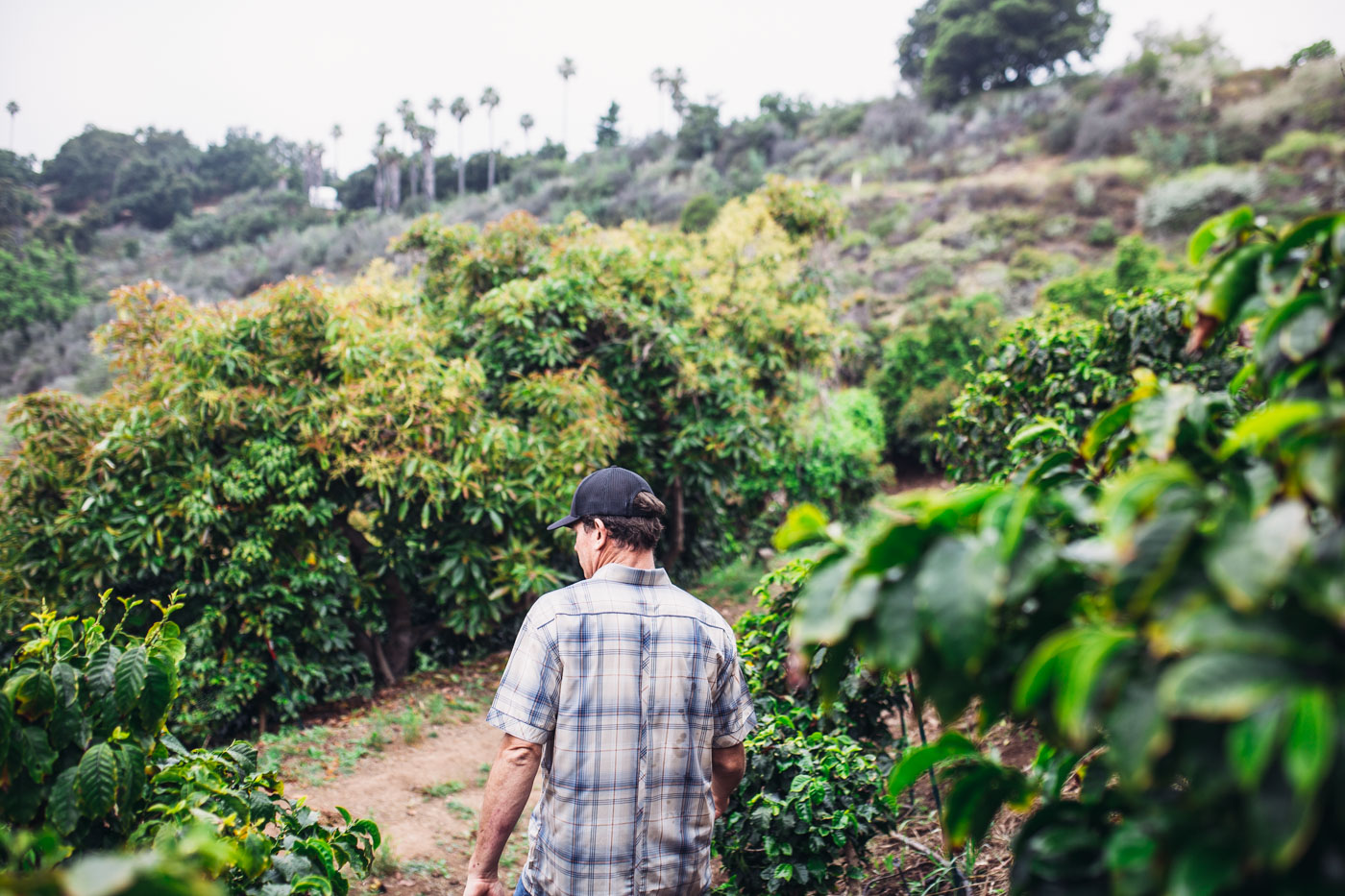
Having followed our directions to arrive at a wooden barn with a rust-colored roof, my companions and I were excited to get a peek at what was happening inside. We heard it as soon as we opened the door—the rumble, plop, plop, plop, of coffee cherries being sorted into buckets. A harvest had just come in the night before.
Ruskey didn’t set out to grow coffee. This isn’t a hyper-Millennial, let’s-disrupt-for-the-sake-of-disruption trend grab. Ruskey is, and always has been, a farmer. It was his background in growing rare and exotic fruits—starting with cherimoyas, then expanding to caviar limes, passionfruit, dragon fruit and avocado—that piqued his interest when given a coffee plant by farm advisor Dr. Mark Gaskell in 2002.
“I planted them with my avocado trees not thinking it would be worth anything, but [I was] entertained by the thought of growing something unusual and rare,” he explains. “I get asked all the time why hasn’t coffee been done [in California] before, and it’s because there hasn’t been a market [for] it.”
Ruskey’s decision to plant “and see what happens” with that coffee plant led to years of research and development (and yielding coffee cherries) that coincided with the emergence of the specialty coffee market.
“Seven years ago, I hired Lindsey [Mesta, co-founder and CMO of Frinj] as one of the interns doing coffee in California,” Ruskey says, noting that with an extensive background in working on a Hawaiian coffee farm, it was Mesta who introduced him to the quality coffee concept, cuppers and idea of roasting. Together, Ruskey and Mesta began building a network of interested people who were experienced in the coffee industry.
Almost fifteen years later, Ruskey formed Frinj Coffee in 2017 after recognizing that coffee is the next niche crop that California farmers need—avocado farmers especially.
“Avocado production for small and medium-sized farms is becoming uneconomical because of imports,” he says, commenting on the reality of a global commodity market that has squeezed farmers into single-digit margins. Today, avocados everywhere look relatively the same. “How do these farmers diversify their crops, where they can be more careful with their water and resources, but make more money per acre?”
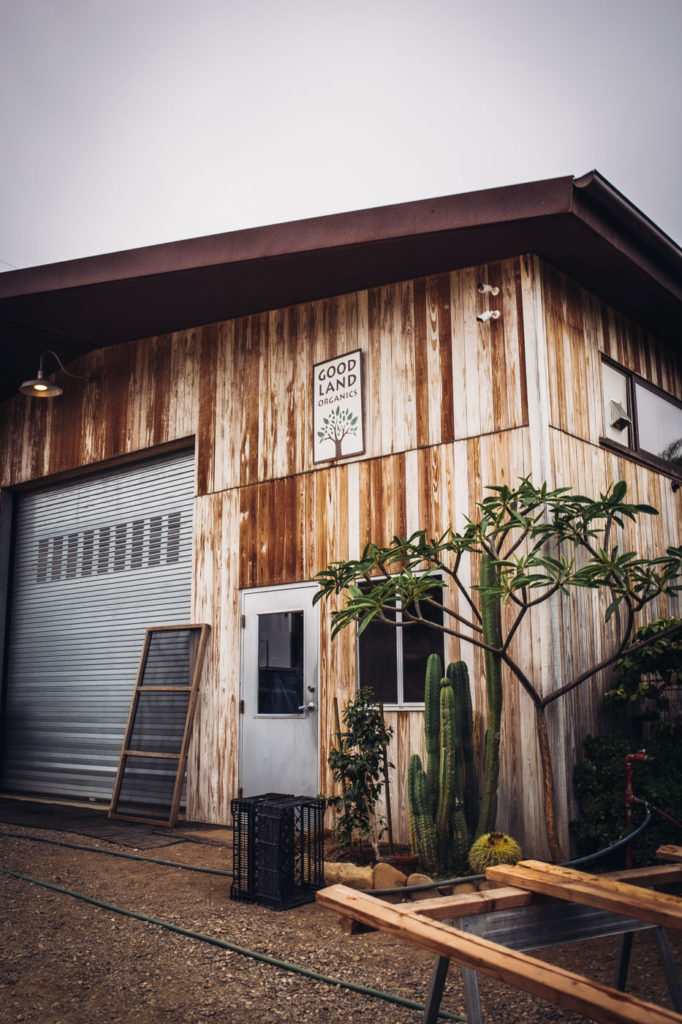
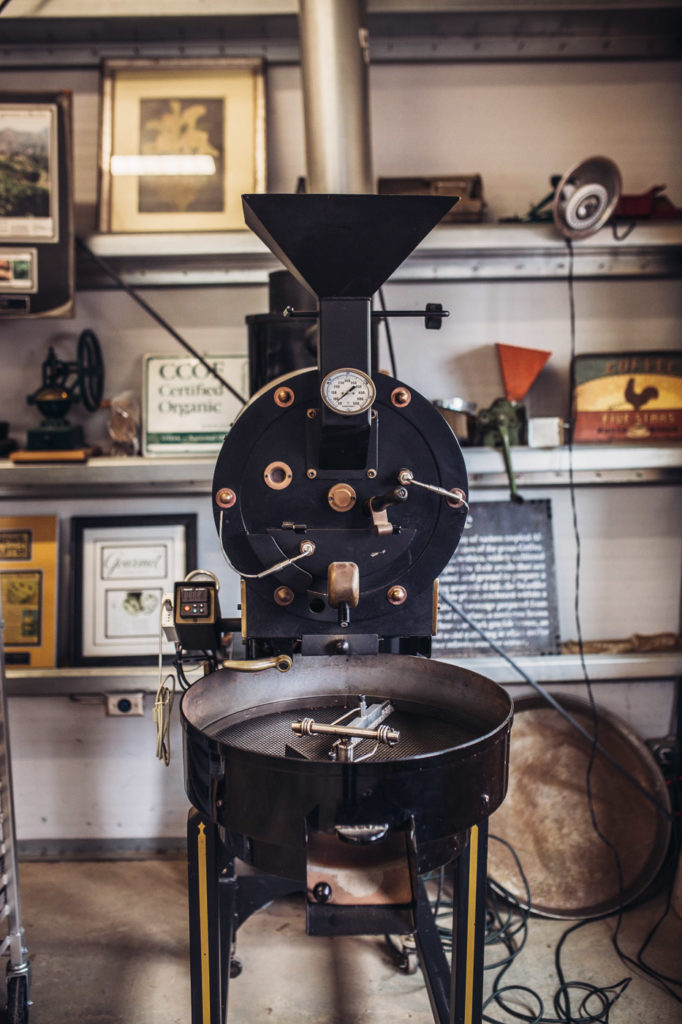
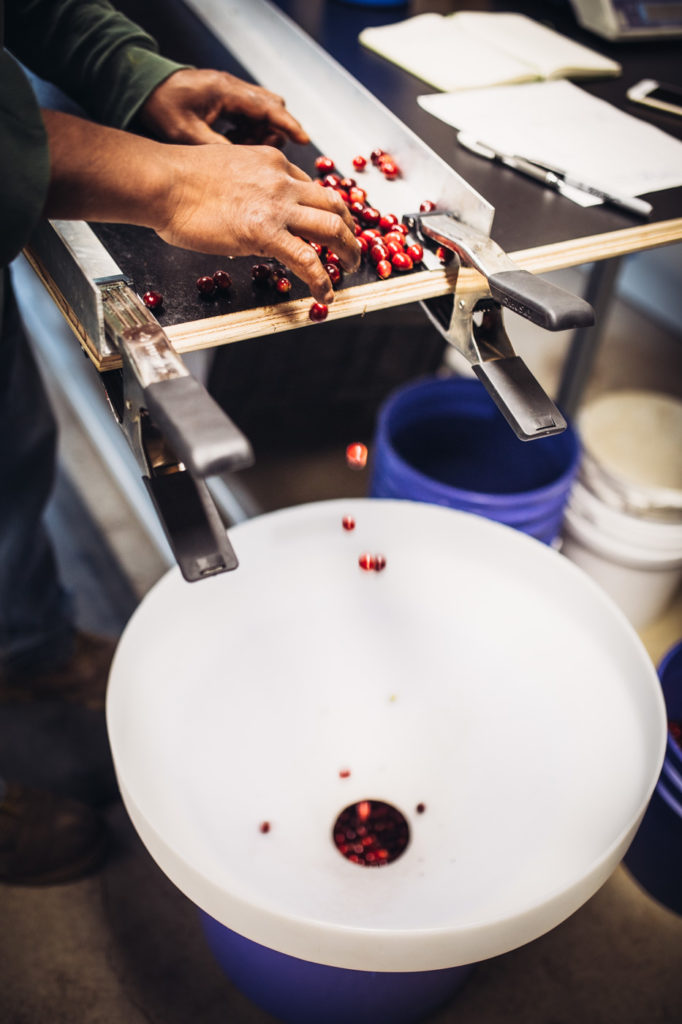
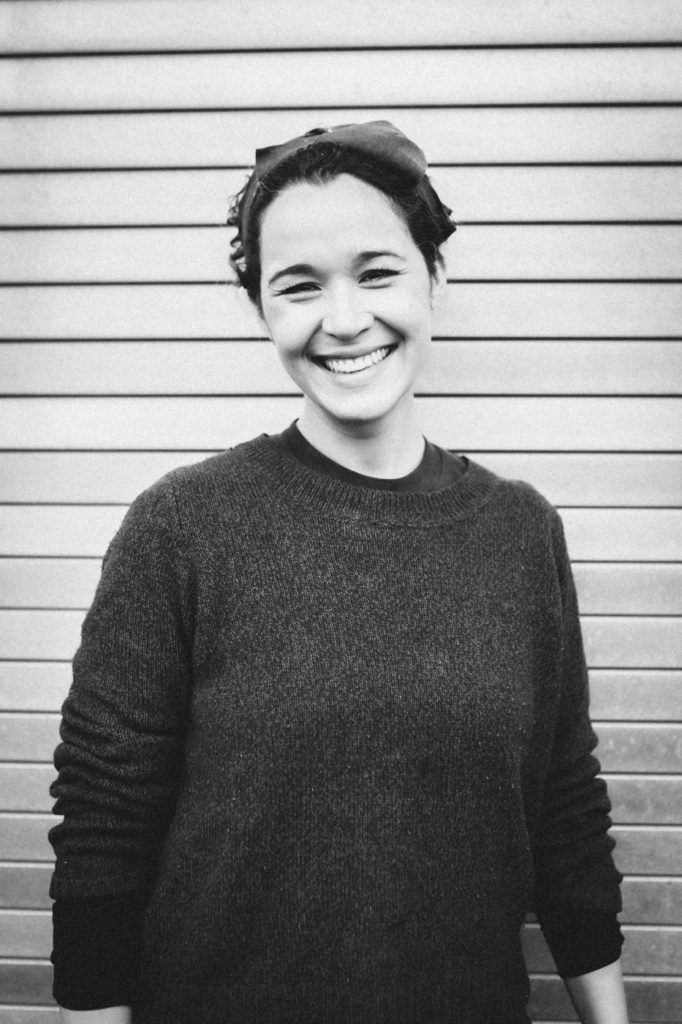
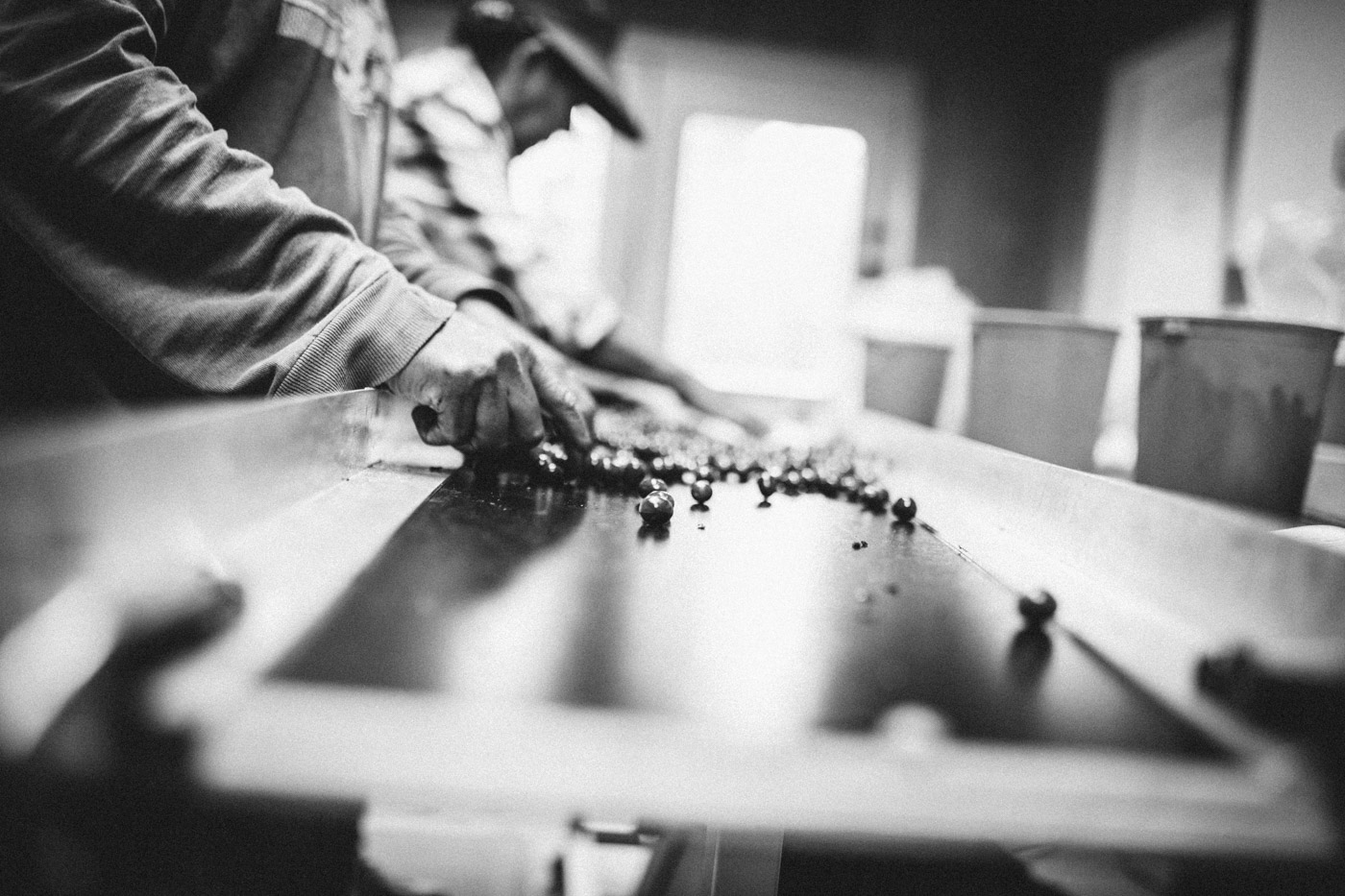
For coastal California, the answer is specialty crops; i.e coffee. Drawing on his experience planting coffee trees among his avocados, Ruskey explains both plants enjoy the same water and soil sites. Although both are susceptible to frost and heat, wherever an avocado can grow successfully, coffee can too. When he started to experience the effects of California’s drought, this knowledge made it easier for him to get other farmers on board. By 2016, he had twenty avocado farmers in Ventura, Santa Barbara, Riverside and San Diego experimenting with growing coffee.
“[Coffee] has fit the profile of economics for the farmer, availability and long-term market trend that can support farms,” Ruskey says. “Because when you plant a coffee plant, it takes three or four years to get to production. You need to make sure it’s just not a one-hit wonder. You want to have a ten- to twenty-year window to get a return.”
Ruskey’s explaining all of this while serving us our first taste of his Caturra rojo variety, which is currently sold out online for $75 for five ounces. After the ritualistic ceremony of weighing coffee and waiting for the pour-over “bloom,” the plop-plops are replaced with loud slurps, the characteristic sound of aerating coffee while you taste it. As it cools down, the coffee’s flavor becomes more pronounced. It’s smooth and more acidic than a Brazilian (as I overhear the more advanced tasters discuss), but fruitier too. I even get hints of something vegetal.
Next, we taste his second variety, the Laurina, which is also sold out online at $95 for five ounces. A naturally half-caffeinated plant, Ruskey says this is “a more mindful coffee” with which you can sit and savor flavor rather than chase the caffeine. It’s slightly sweeter at first, then rich, with subtle toasted notes that remind me of campfire marshmallows. Good for afternoons, he says, the Laurina also pairs nicely with food. And as if on cue, he pulls out a box of pastries from a local Goleta bakery.
While this setting—a group of people ranging from coffee expert to daily dabbler coming together to drink Californian coffee—is a proud moment for Ruskey, it’s not the full extent of all that he aims to do through Frinj.
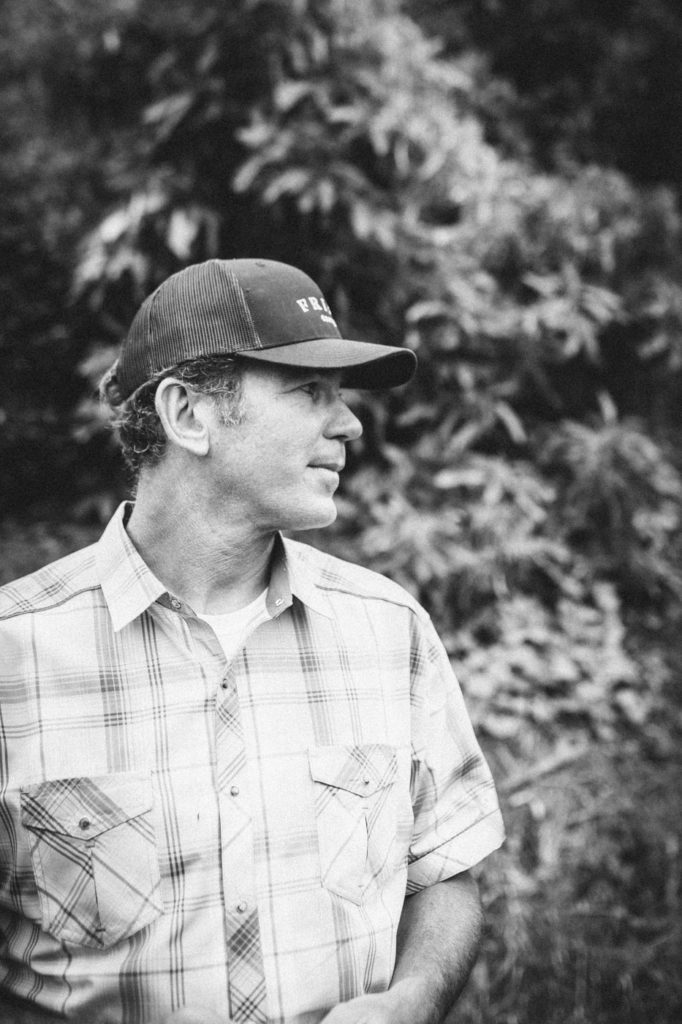
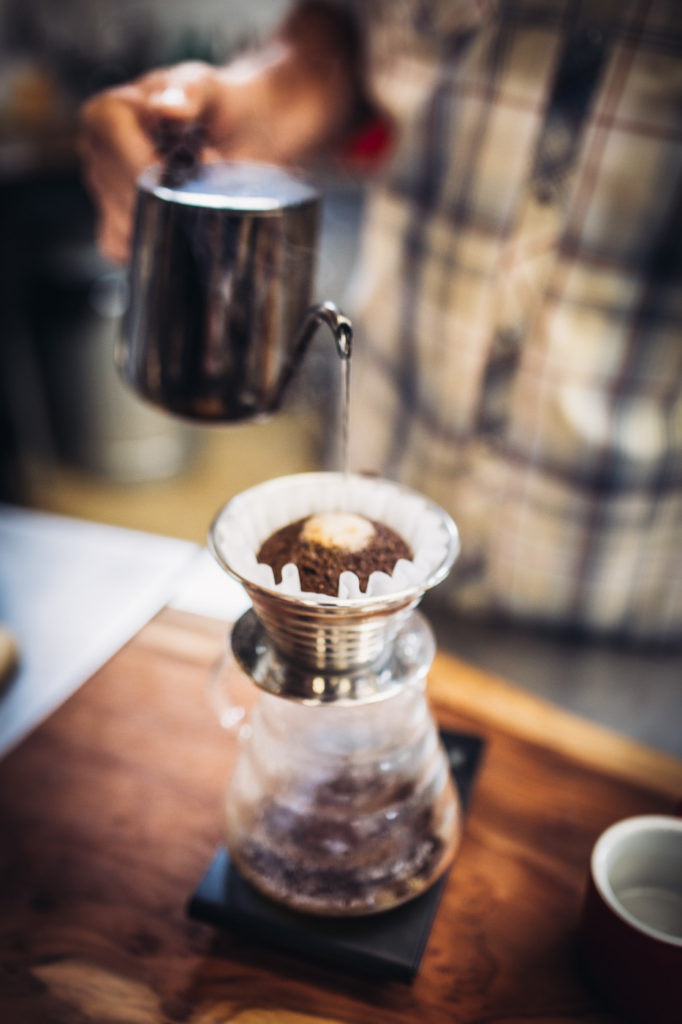

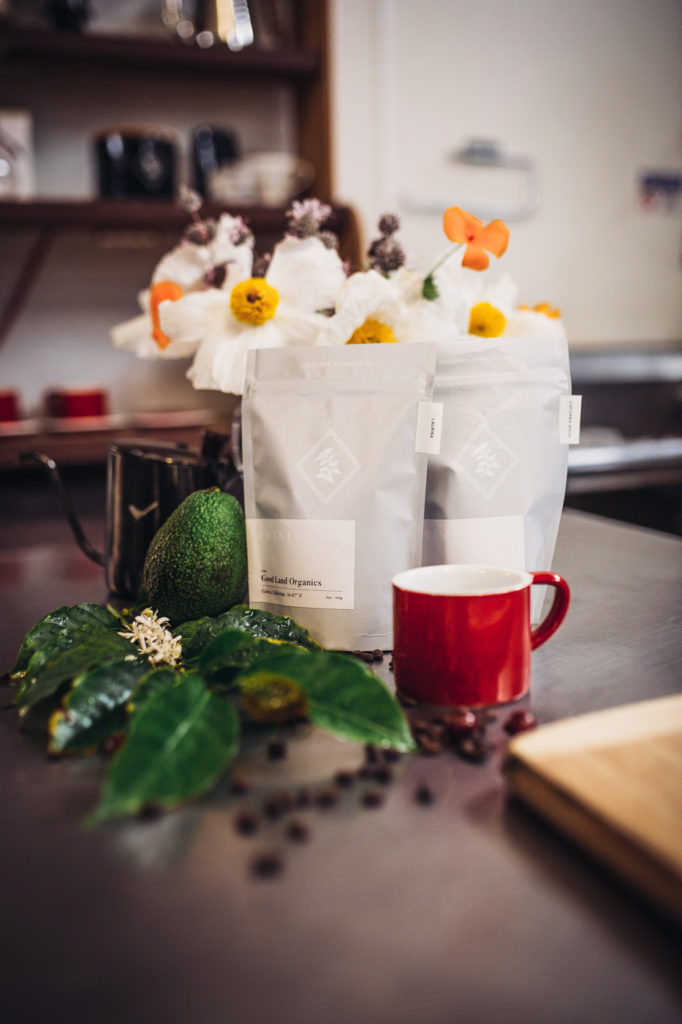
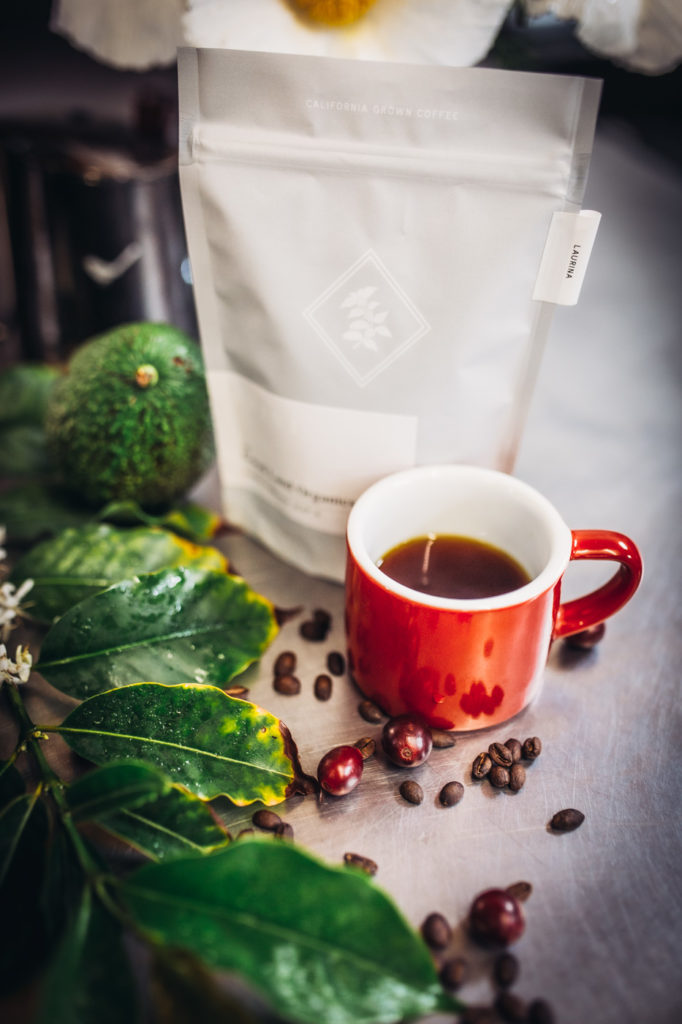
“If you look at the global theory of coffee production, [coffee is a] rather imperialistic crop,” he continues. “It’s grown in places where you can take advantage of resources and bring them back to more modern societies where they can enjoy cheap coffee.”
That’s not the case in California, where the practical ability to grow coffee can also be met by resources to innovate and evolve a global industry. This is something Ruskey feels a responsibility to do.
After the drought, he was able to sequence coffee’s genome with professors at the University of California, Davis. After his years of growing plants, he’d been able to visually determine that certain plants thrive better than others. Now, using the sequenced genome, he is able to use genetics to predict which plants will make the best parents, something that used to require ten thousand plants and a timespan of twenty-one years to accomplish. It’s with this information that Frinj also coaches and consults with its partner farms, in addition to providing them with plants and processing their beans.
“There are traits we like to look for reinforced by the DNA, and also to better predict if we cross two varieties by hand pollination, we’ll have a more predictable outcome” he describes. “It’s like being able to play cards and know what’s in the deck. That’s how we use the genetic work.”
Similar to how the wine industry uses different pinot noir clones to ensure that every vine and grape will perform in the same way, Ruskey believes that’s where the coffee industry is headed. He wants Frinj to lead the way, not just referring to it as a coffee company but as an “agricultural technology company” that’s able to support breeding programs and diversify a very narrow genetic pool, by crop standards.
“We have these complex elements homing in on the coffee world,” he goes on, citing climate changes and mutating pests, like coffee leaf rust, causing five-generation farmers to question if they can continue working with the same few plant varieties. “A lot of the science demand is coming to us.”
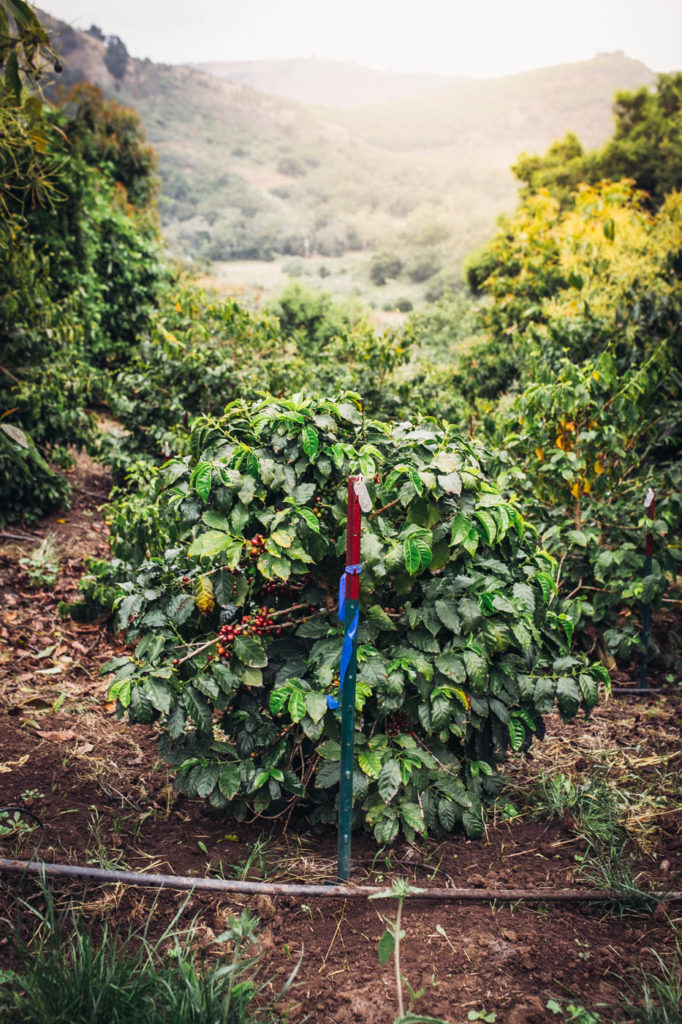
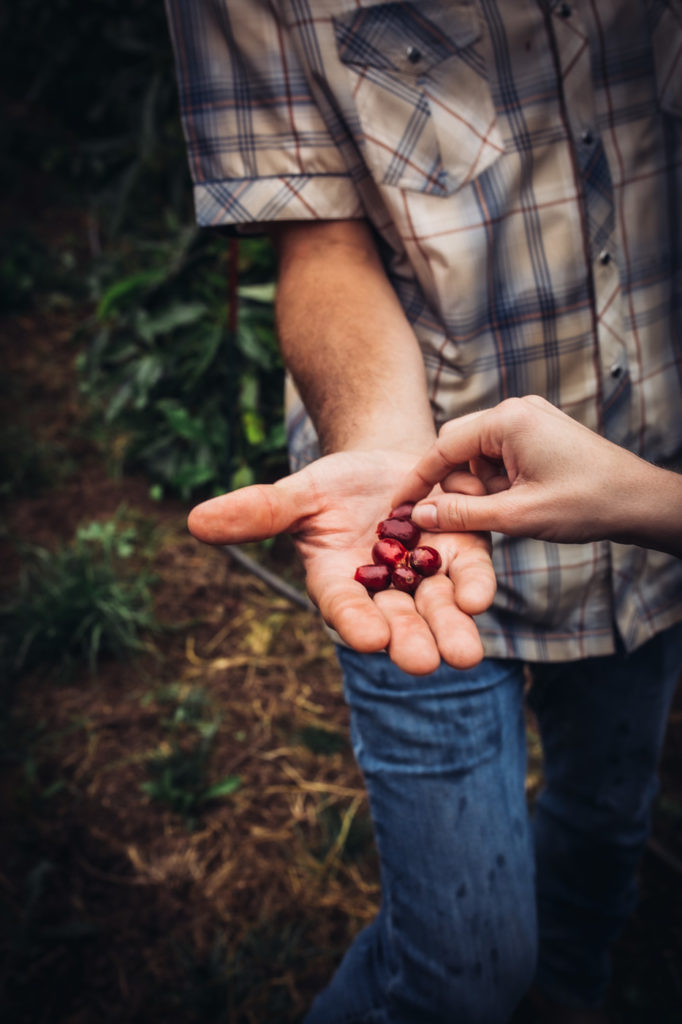
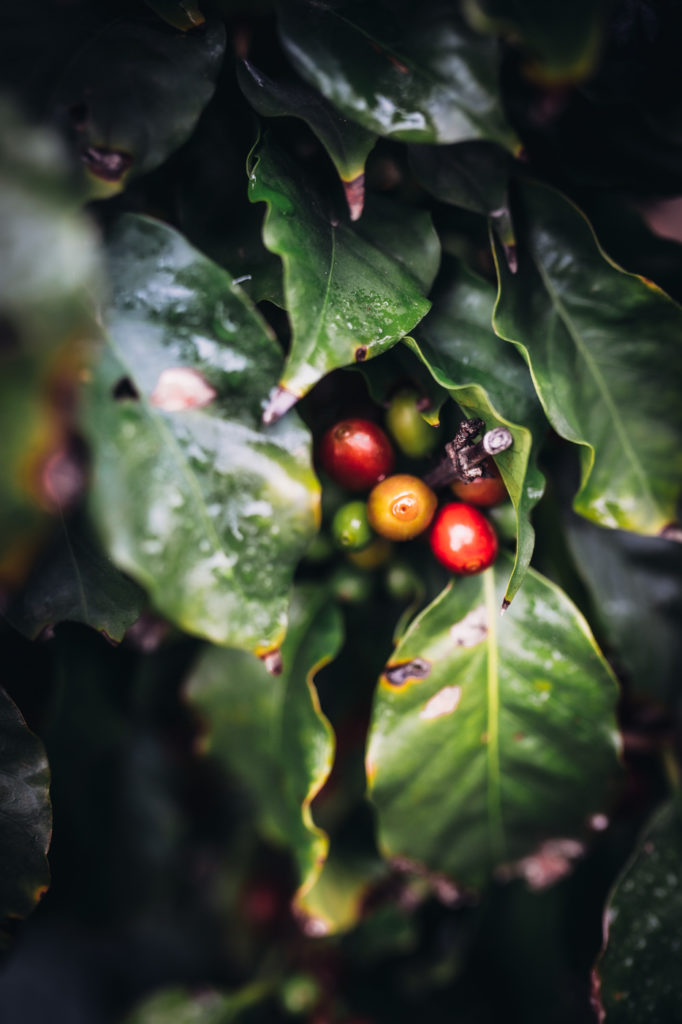
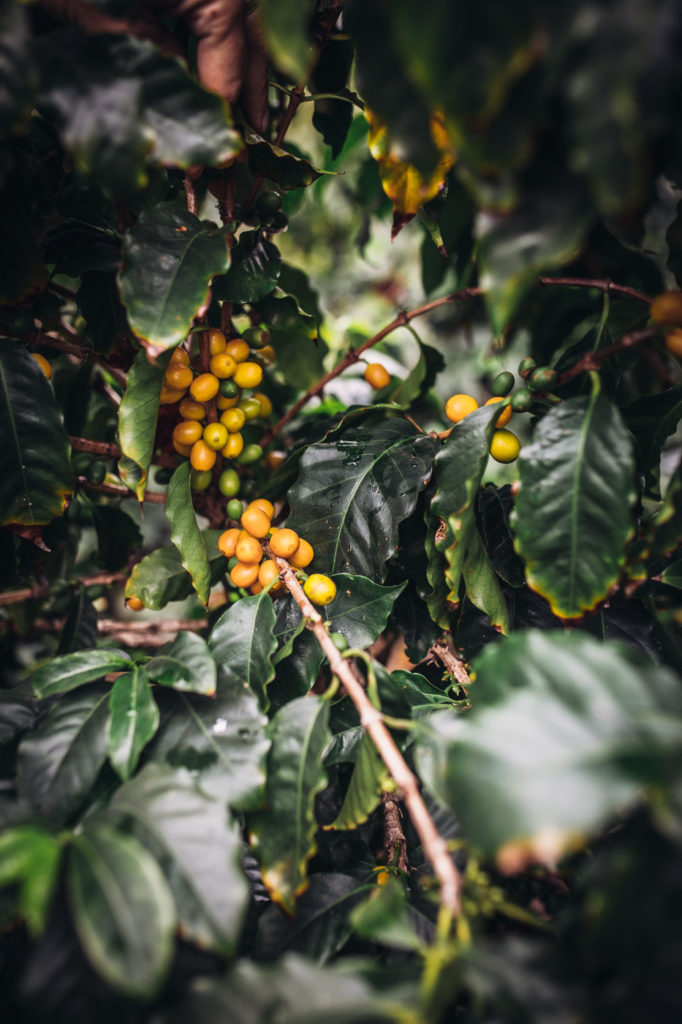
But of utmost importance throughout Frinj’s research and its education (it recently partnered with the Coffee Quality Institute to help develop international coffee standards and qualify tasters, as well as partnered with UCD to offer a coffee production class, which is currently the most popular on campus) is that the company remains farmer-first. Always. In order to make the best coffee in the world, the farmer needs to be supported to grow it.
“The majority of our investors are farmers,” Ruskey emphasizes, dispelling the stereotype that as California coffee, he’s only producing for the affluent. “I’m always [asking], ‘What’s the best for the farmer?’ We have a special pay process for the farmer, great plant materials for the farmer…Ultimately, the goal is to get the best return to the farmers so farmers in California have a viable crop.”
Fundamentally, the coffee story is a crop story, something so far removed from many of today’s consumers. Admittedly, it’s a lot harder to get a sense for a green, leafy, cherry-producing tree when your morning coffee comes from a can next to the cookie aisle. That’s the blessing of California, known land of evergreen produce and sun. However, with its privilege comes its burden, and to recondition the consumer through “California-grown coffee” is no quick task.
“In California we now have the ability to change the way we introduce coffee, an approach that goes right to the consumer,” says Ruskey. “When a person actually sees how much darn work it is to make a cup of coffee, they are going to go, ‘Holy cow.’ At least twenty human hands have touched your coffee by the time it gets to your mouth. There is no other crop like that.”
One of his goals in the next two to three years is to begin operating Frinj like a winery, a place where people can taste and experience the farmers, their farms, and their region of coffee. With forty-two farms with plants in the ground right now, and at least a dozen more farms planting in the coming months, Ruskey is hopeful that in the same way subcultures have sprouted up surrounding Californian craft beer, for example, for coffee it’s only a matter of time.
“Our goal now is to focus on developing the California coffee growing industry into a sustainable, fruitful network of growers producing some of the highest quality coffee in the world,” Mesta says. She adds that the company’s long-term goals, for now, are open, but include looking for more ways to impact the greater coffee industry, expanding into new “frinj” regions or into traditional tropical coffee growing regions, if the opportunity arises.
Before leaving the farm, Ruskey takes us out to see the coffee plants in real time. It’s a wild path lined with trees of finger limes, passionfruit and baby avocados. Suddenly, there they are. In between patches of orange poppies and with a view of the Pacific in the distance, bushy bunches of red and green cherries peek out from the core of the trees.
Invited to, I pick a red one from the rare Gesha variety and pop it into my mouth. Its tart sweetness mellows as I chew the skins and spit the slimy seeds into my hands, never to look at a coffee bean the same way again.
—
Frinj Coffee’s 2019 harvests will be ready as early as August, and can be purchased online at frinjcoffee.com or through select retailers, which will be announced later this summer.





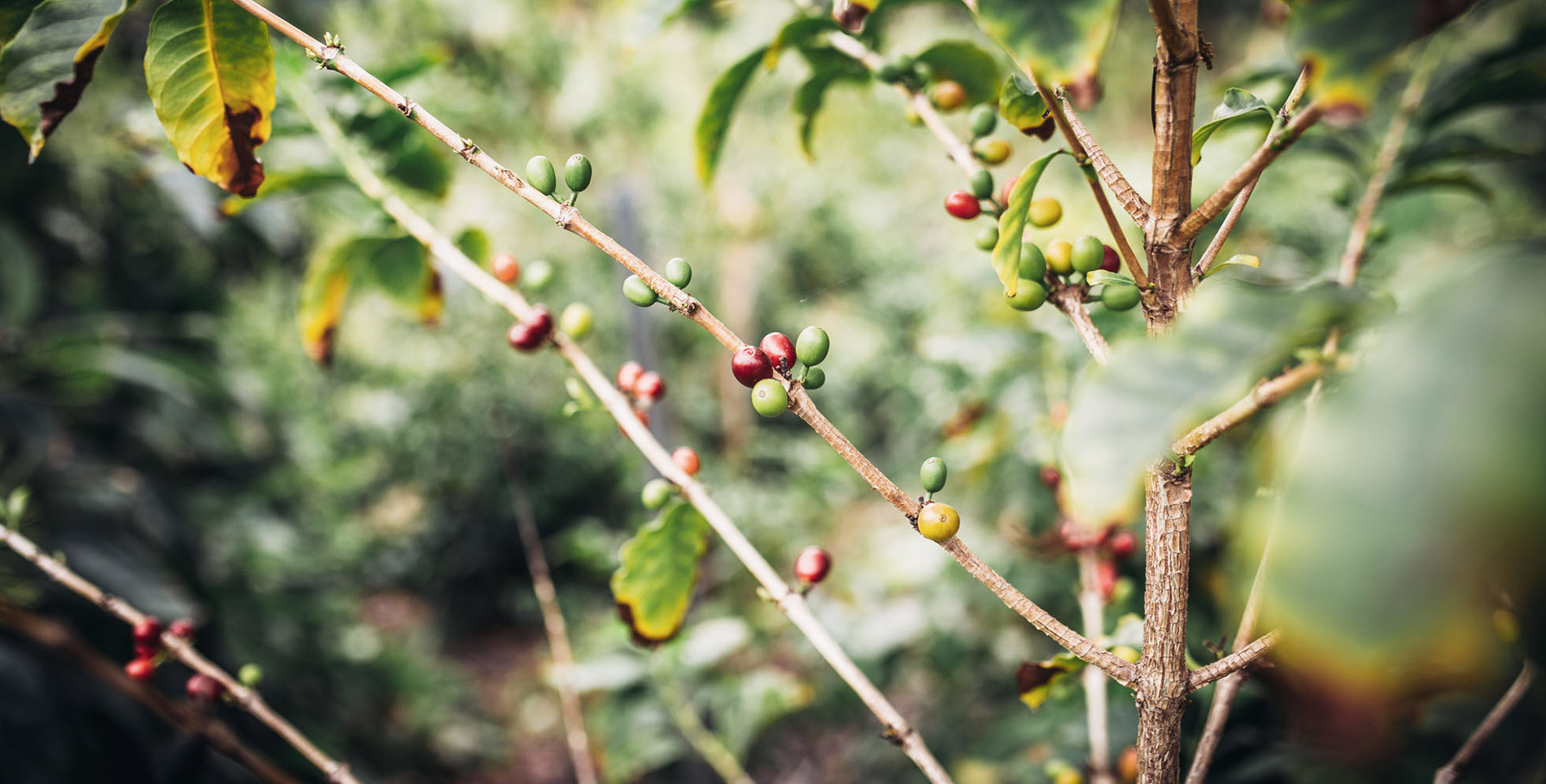

Our comments section is for members only.
Join today to gain exclusive access.